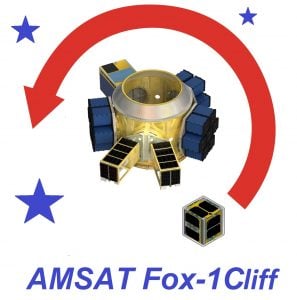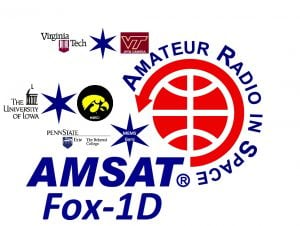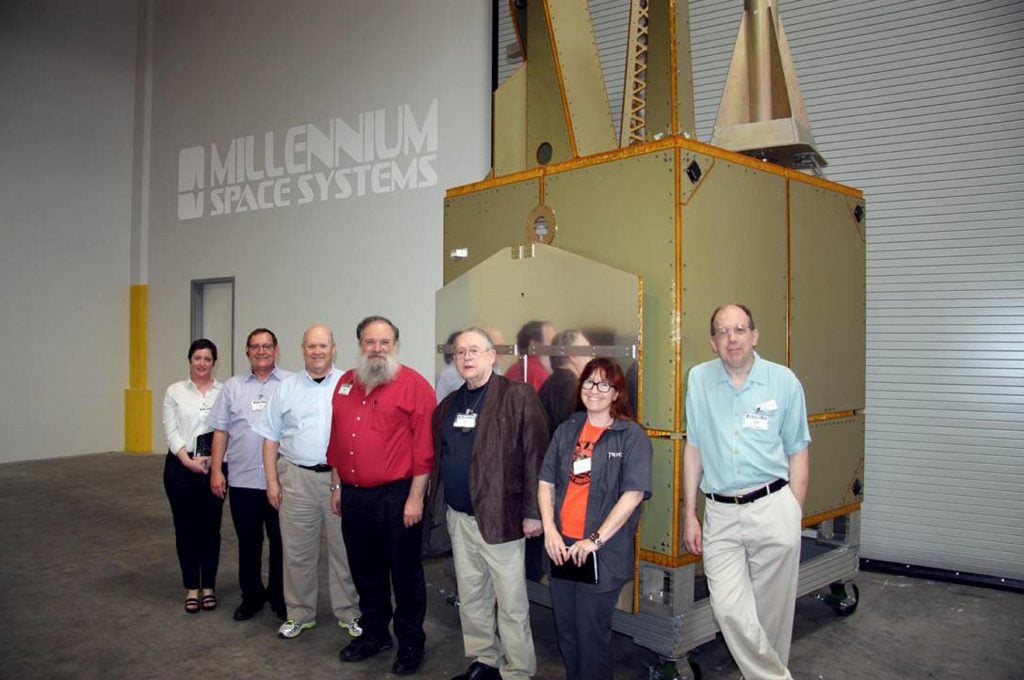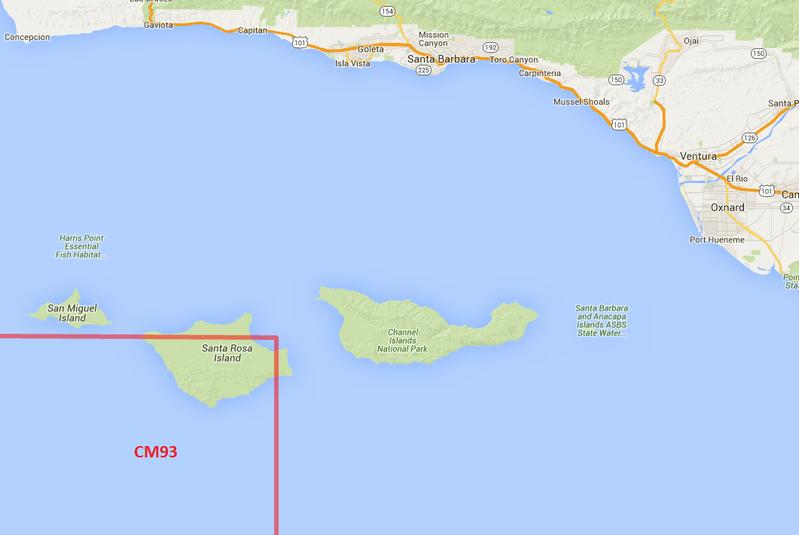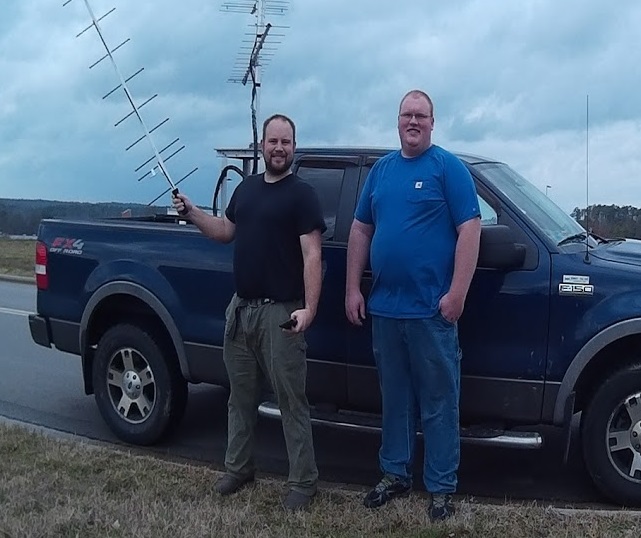Ballots have been mailed to AMSAT-NA members in good standing, and must be returned to the AMSAT-NA office by September 15, 2016 in order to be counted. Those sent outside North America were sent by air mail. If you have not received your ballot package in a reasonable time for your QTH, please contact the AMSAT-NA office. Your completed ballot should be sent as promptly as possible, and those from outside North American preferably by air mail or other expedited means.
This year there are five candidates:
Tom Clark, K3IO
Clayton Coleman, W5PFG
Mark Hammond, N8MH
Bruce Paige, KK5DO
Paul Stoetzer, N8HM
The three candidates receiving the highest number of votes will be seated as voting Board Members with two year terms. The two candidates receiving the next highest number of votes will be non-voting Alternate Board Members with terms of one year. Please vote for no more than three candidates.
Please take the time to review the candidate statements that accompany the ballot and determine who you wish to see on the Board. Election of Board members is both an obligation as well as an opportunity by our membership to help shape the future direction of AMSAT-NA.

